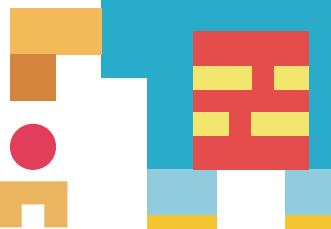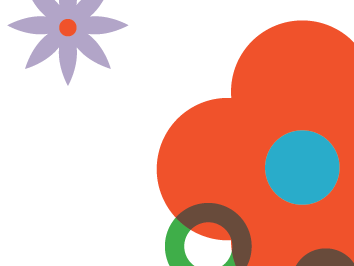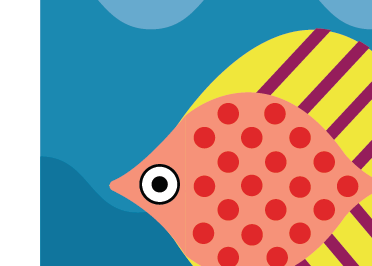CCWB contributors Overlap Associates share step-by-step instructions on using the Activity Book to connect with young children who have experienced trauma.
This module teaches you about activities you can use to support your work with young children who have experienced trauma.
The Activity Book is a fun and engaging way for children of all ages to share experiences about their day, learn about feelings, and practice activities that can help everyone understand and process those feelings.
Remember that young children may have poor verbal skills, difficulties with memory, difficulty focusing, and lack self-confidence.
Always act using respect and kindness by creating a safe environment and ensuring children have choice and control as you seek to empower them through the exercises in the Activity Book.
Download the Activity Book
Activity Worksheets
Do you want to use a particular activity with a lot of children, but don’t want to rip it out of the book? Print off worksheets here!
Getting started with the Activity Book
Adults/caregivers can try introducing a page or two from the Activity Book during playtime or quiet time activities with children. Each activity is clearly explained and includes instructions on the sheet itself.
The child and adult/caregiver can complete as much or as little of the Activity Book as makes sense. Please try to complete all four of the “Draw Your Day” activity sheets spread out during the 2-week period.
For babies and children under the age of 3, the adult/caregiver will fill out the Activity Book by trying to see the world through the eyes of the child. The focused conversations that ask specific questions about the child’s experience and learning during the activity are particularly important to uncovering more about the needs and insights of children.
For children over the age of 3, they may be able to tackle select activities on their own, or with the support of an adult/caregiver. Adults/caregivers should write down the exact words the child says during the reflective questions.
Activities may be chosen at the caregiver’s discretion.
There is space at the end of each section to record observations, reflections, and/or feedback.










